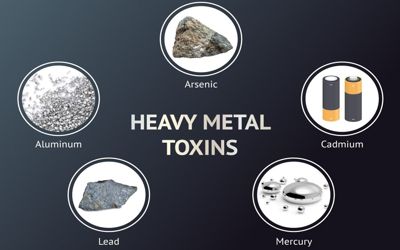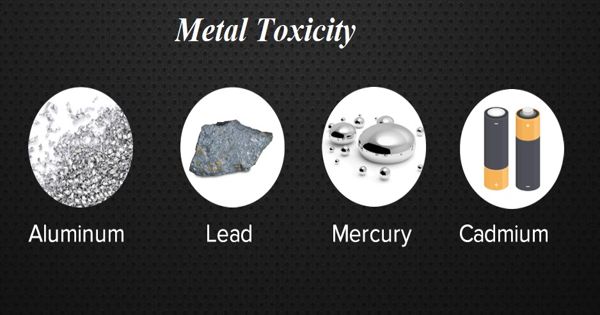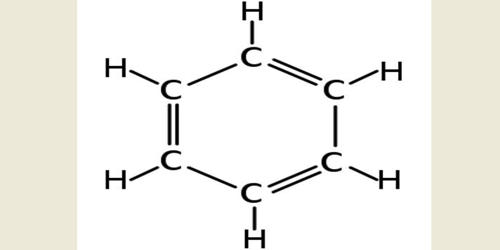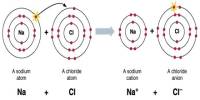Metal toxicity or metal poisoning is the toxic effect of certain metals in certain forms and doses on life. The heavy metals most commonly associated with the poisoning of humans are lead, mercury, arsenic, and cadmium. Some metals are toxic when they form poisonous soluble compounds. Toxic metals have many industrial purposes and therefore represent occupational hazards for a number of professions. Certain metals have no biological role, i.e. are not essential minerals, or are toxic when in a certain form. Industrial pollution with heavy metals can affect the wider population through the contamination of food (e.g., mercury in fish) and water (e.g., lead, arsenic).
Heavy metal poisoning is the accumulation of heavy metals, in toxic amounts, in the soft tissues of the body. In the case of lead, any measurable amount may have negative health effects. Often heavy metals are thought of as synonymous, but lighter metals may also be toxic in certain circumstances, such as beryllium and lithium. Many of the heavy metals, such as zinc, copper, chromium, iron, and manganese, are essential to body function in very small amounts.

Not all heavy metals are particularly toxic, and some are essential, such as iron. The definition may also include trace elements when in abnormally high doses may be toxic. Heavy metal poisoning may occur as a result of industrial exposure, air or water pollution, foods, medicines, improperly coated food containers, or the ingestion of lead-based paints. An option for the treatment of metal poisoning may be chelation therapy, which is a technique that involves the administration of chelation agents to remove metals from the body.
Toxic metals sometimes imitate the action of an essential element in the body, interfering with the metabolic process resulting in illness. Heavy metals are elements that are naturally found on the earth. They’re used in many modern-day applications, such as agriculture, medicine, and industry. Many metals, particularly heavy metals are toxic, but some heavy metals are essential, and some, such as bismuth, have low toxicity.
Metal toxicity has been documented recently as one of the prime mass toxicants especially in the case of occupational and environmental hazards. Most often the definition of toxic metals includes at least thallium, cadmium, manganese, lead, mercury, and radioactive metals. Metal toxicity can also occur from exposure to other heavy metals such as aluminum, antimony, beryllium, cadmium, chromium, cobalt, copper, iron, manganese, nickel, selenium, silicon, and thallium. Radioactive metals have both radiological toxicity and chemical toxicity.
Information Source:
















